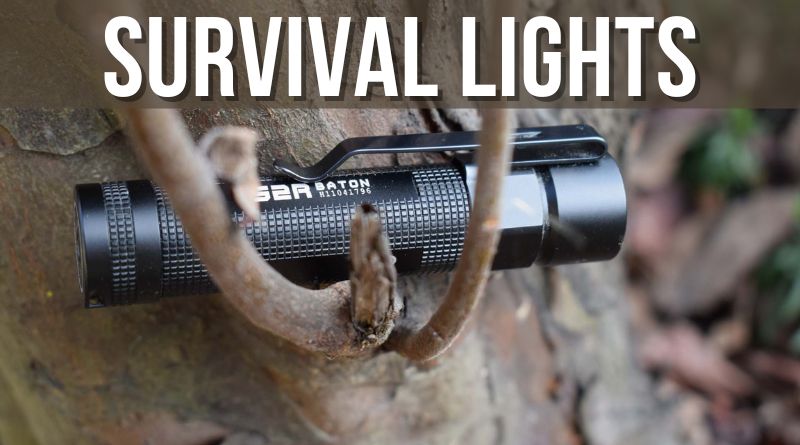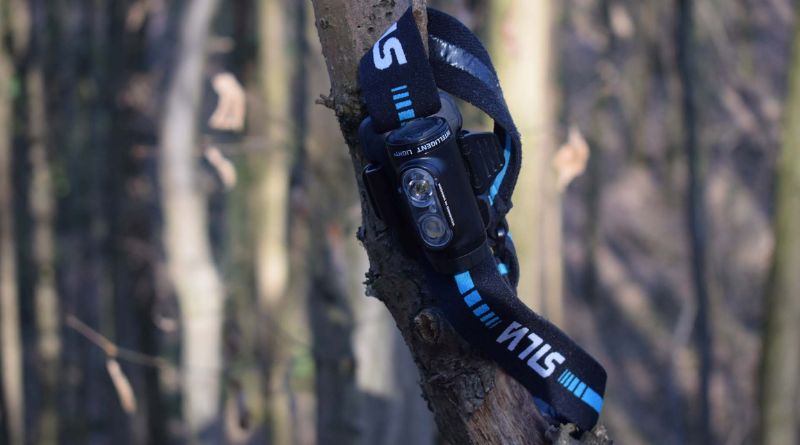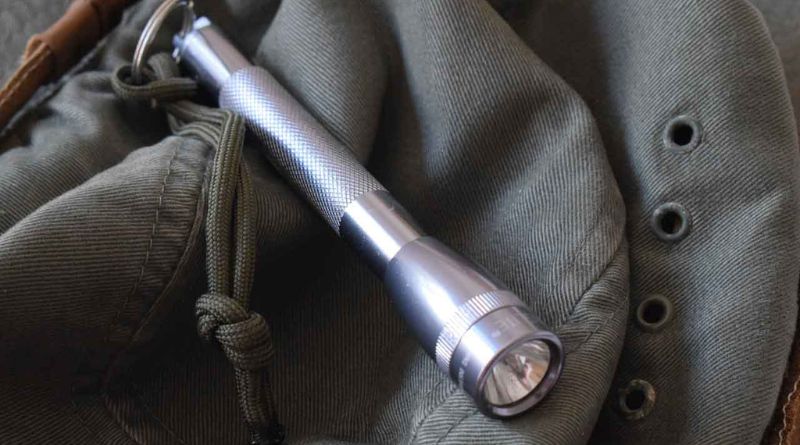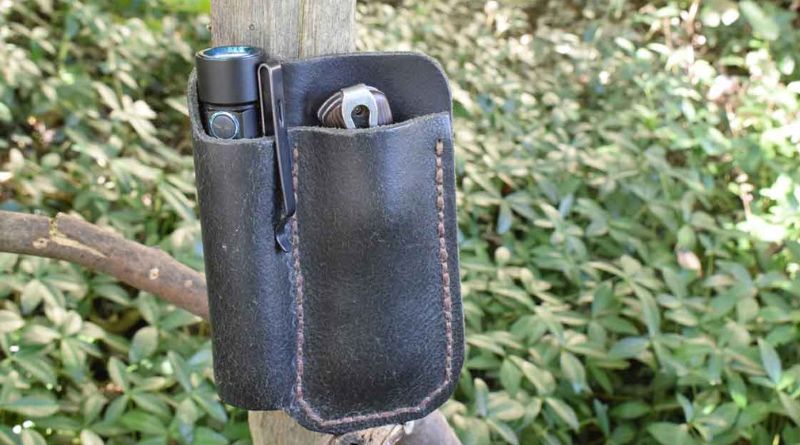Survival Lights, Lighting The Way
When the lights go out, we are at a disadvantage. Unlike nocturnal animals, humans have terrible night vision. There was a reason people used to be afraid of the dark. Humans are ill-equipped to deal with it. Just try running around your home with the lights off, chances are you will be tripping and banging into things every couple of minutes. Now imagine running around the woods at night without a light to assist you. Choosing different survival lights to carry with you when the SHTF is essential.
Survival Lights, The Best Choices For When The SHTF
Torchlight
Probably the go-to device that everyone relies on during a blackout. Flashlights range from very cheap plastic practically disposable ones to high-end tactical models that are amazingly bright. Flashlights have the advantage of being very mobile and relatively compact.
The disadvantage of most models is that they require the user to hold them, thereby one hand is occupied. I mentioned most models because there are some nifty new ones that come with all sorts of features, such as a magnetic base, or swivel top to turn them into a 90-degree light, as well as clips that can be attached to baseball caps to turn a simple flashlight into a hands-free light.

EDC Torchlight
The EDC version is more compact, and the battery life is much shorter. Many are so small they can be used as keychains. The short battery life is of course an issue. But the pros outweigh the cons and everyone should have one of these on their person at all times.
Headlights The Best Hands Free Survival Lights
The perfect hands-free lighting solution, headlamps are great for walking, running, or working in the dark. Headlamps spread light over a wider area, while torchlights have more of a beam-type light.
The disadvantage of headlamps is that they are generally not as bright as most torchlights, and they need their batteries replaced or recharged often.

Solar Charged Flashlight
Solar-charged flashlights are in theory great for survival situations. Sadly experience has proven that they are woefully unreliable. Charge times are usually ridiculously long, while run times are quite short. They are also bulky and fragile. If anyone has had a good experience with a solar-charged flashlight. Kindly leave a comment.
Crank Lights Are The Top Choice For Long Term Survival Lights
A crank light uses kinetic energy to charge the battery, turn the crank for a few minutes and the light will come on. How many minutes of cranking depends on the brand and model of crank light.
In theory, as long as the user has enough energy to crank the device, they will have light.
These are perfect for bugging out in a vehicle due to the fact that they are quite a bit bulkier and heavier than conventional flashlights. Newer models often come with a solar panel for charging, some have built-in radios. Some even have USB ports to charge other devices.
Chem-light / Glowsticks
Good for only very specific scenarios. Most notably tactical scenarios. Or as emergency lights around a vehicle, as signal markers, or as disposable lighting to throw into places before venturing in (eg: a hole in the ground). They are generally not that bright, ranging from 5 to 10 lumens (estimate).
Be aware chemical lights/glow sticks have an expiration date after which they will be ineffective. This usually ranges from 1 to 4 years.
They do have their uses, it’s recommended to carry a couple of these for emergencies. Recommended usage is to signal others.
Candle
For ages candles were what people used as lighting after the sun went down. The advantages are, that they are cheap, they can be used to assist in starting a fire, and with a little bit of know-how, they can be made at home.
The disadvantages are they are a fire hazard, they should not be used during natural disasters that could have damaged gas lines, eg: earthquakes, tornadoes, etc.

Fuel Based Lights
Before candles were popular oil lamps were the most common form of lighting, they are cheaper than candles and easy to assemble. They have all the advantages and disadvantages of candles. With one added disadvantage, fuel-based lights are messier to transport. So for bugging out they are not a good option. But for bugging in, these are great.
What To Look For In A Survival Light
What is Lumens?
Lumens are a measurement of brightness. Not to be mistaken for watts on a light bulb which is a measurement of power. The higher the lumens the better.
Higher lumens will consume more energy, so a flashlight with multiple settings, from low to high lumens would be best.
What IPX Rating is Waterproof?
IPX 7 means that the product can be submerged in a maximum of 1 meter of water for about 30 minutes.
LED Vs Traditional Bulbs
LED lights are the wave of the future, if at all possible, choose LED over any incandescent lights for your survival lighting devices.
LEDs have a longer lifespan and consume less energy. They are better than traditional bulbs in every way.
Durability
Tactical torchlights tend to be the most durable, some EDC lights are also designed to take a beating. They are generally a little bit more expensive, but well worth the extra cost.
Run Time
Run times refer to how long a device works before it needs to be recharged. This is going to be a major concern in a survival situation as anything that uses power may be difficult to recharge. There are options such as solar chargers and power banks that can be used to recharge devices. But that requires sunlight and time, solar chargers are notoriously slow to charge devices.
Make sure to know the run time for all the devices that require batteries in your bug-out bag.
Editors Pick
The Best EDC Survival light
The market is flooded with choices, and picking the right one can be a hassle. I went through quite a few before I settled on the Olight S2R Baton.
Olight S2R Baton Review
This little device has a ton of features and enough lumens for the average user.
Let us start with the basic specs :
It weighs; 98 grams including the battery.
Is about 4.1″ in length small enough for EDC pocket carry, but a little too big for keychain carry.
One 3.7v 18650 battery is included, You may also use 2x disposable CR123s.
The LED is a Cree XM-L2.
Beam distance is up to about 150 meters.
IPX-8 waterproof rated up to 2m for 30 mins or less.
The tail cap is magnetic and great for under-the-car hood work.
Deep carry pocket clip that is strong enough that it can be clipped onto a baseball cap and voila, makeshift headlight.
USB rechargeable.
Lumens And Modes
The S2R has 6 modes. You access them by pressing the side-on button and cycling through the modes.
Moonlight; 0.5 lumens (60 days) very dim, I can barely read a map with this mode
Low; 12 lumens (120 hours) convenient mode for getting out of tents without waking the other occupant.
Medium; 120 lumens (13 hours) normal walking in the woods mode.
High; 500 lumens (3 hrs, 20 mins) this mode is Bright, it lights up a whole danged room.
Turbo; (<5 mins) be aware that in this mode the flashlight gets hot, I have only used this mode a couple of times, as the high mode was more than sufficient.
Strobe, good for emergencies.
What You Get in The Box
The flashlight!
A 3200mAh Olight 3.7v rechargeable 18650 battery
An adjustable lanyard
A magnetic USB charging cable
An instruction manual
A carrying pouch
The pocket clip is already attached


The Durability of The Olight S2R Baton
The first week of carrying this little doohickey I dropped it, and was surprised to find there wasn’t a scratch on it. Until I bought the Olight. I had been used to normal flashlights like the Maglight Mini. If dropped, the chances were high that the bulb would need replacing. I have replaced the Maglight Mini bulbs half a dozen times already. I have to admit I am a little bit rough on my gear.
The Olight has taken a beating, been carried with me every day for the last 4 years, and has never failed me.
The side button is a little fiddly to find in the dark when in a hurry. I fixed this problem by making myself a leather pocket organizer and faced the button on the front.

The size and weight are amazingly comfortable in the pocket. And the battery run time is amazing for its size. Add to that if you do not use the torch, it seems to hold a charge for months.
I was testing another torch as an EDC carry for about 6 months, during that time the Olight was unused, and it seemed to hold a charge for the 6 months it wasn’t used. The Olight makes a perfect survival light to throw in a bug-out bag. it is durable, holds a charge for a long time, has decent lumens, is IPX8 rated for waterproofing, and has a decent runtime.
Lock-out Function
There are a couple of functions that I have never used. The Lockout Function prevents accidentally switching on the torch while carrying it in a pocket.
Timer Function
The Olight does have a timer function, wherein the torch can be set to auto turn off after either 3 or 9 minutes. I have not found a use for this function. But it is there for those who want it.
Overall
This is to date my favorite EDC Flashlight. It hits all the sweet spots, value for money, weight, and size for EDC carry and just the right number of modes for an EDC carry light.
Best EDC Keychain Flashlight
There is an S1R Baton the little brother to the S2R, here is a YouTube Video showing the S1R being tested for durability. it’s insane the amount of beating this little feller took and kept on ticking.